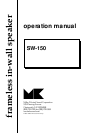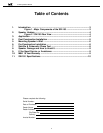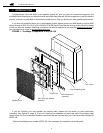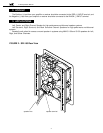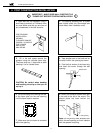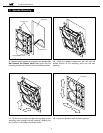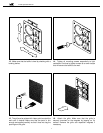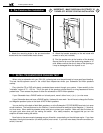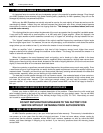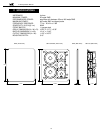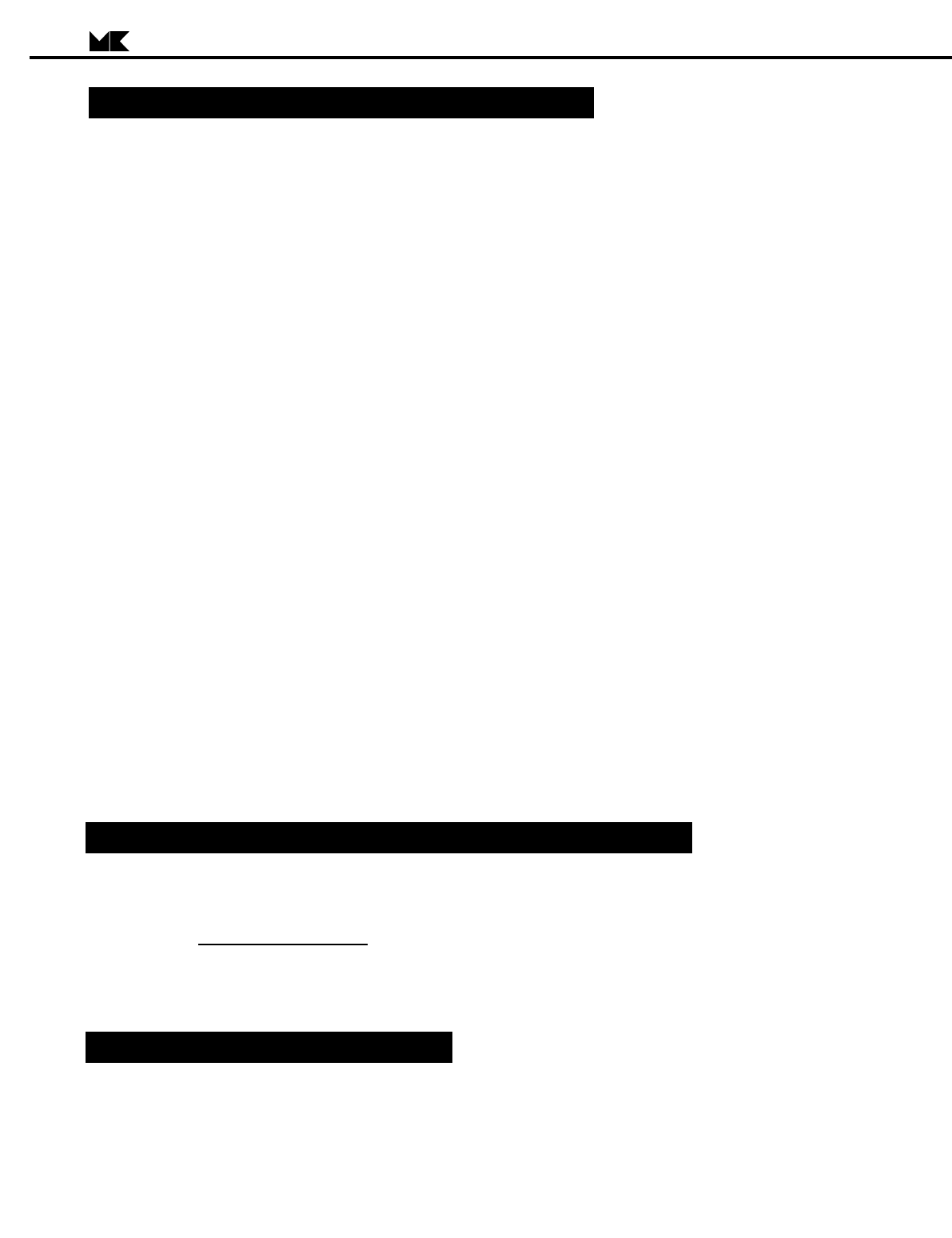
In-wall Operation Manual
9
8. SPEAKER DAMAGE & HOW TO AVOID IT
An important factor to consider with any loudspeaker system is the potential for speaker damage. Even though
your M&K Speakers have extremely high power handling ability (especially for Main speakers), they still can be
damaged by relatively low powered amplifiers.
While very few M&K Speakers are actually returned for service, the vast majority of those returned are not for
manufacturing defects. Instead, they are returned because they have been over driven, almost always because
the amplifier or receiver used was driven into clipping distortion. This damage is considered abuse, and is not
covered under warranty.
This clipping distortion occurs when the demands of the music are greater than the amplifier's available power.
It can occur at 20 watts with a small amplifier, or at 400 watts with a large amplifier. When this happens, the
amplifier's output waveform (which resembles a smooth arc) is "clipped" off, exhibiting a flat top instead of the arc.
This "clipped" waveform contains multiples of the original amplified frequencies, sometimes at higher levels
than the original signal itself. For tweeters, this can be very damaging, as this distortion is well above the audible
range (where you are unable to hear it), and where the tweeter is most vulnerable to damage.
When an amplifier "clips", it generates a high level of high frequency energy (much higher than normal
program material) which passes through the crossover to the tweeter. This energy can overheat the tweeter in a
matter of seconds and destroy it.
When this happens, the sound becomes harsh and grating, and a break-up is often audible in the bass
frequencies. It will become uncomfortable to listen to, especially when compared to a slightly lower volume level.
When you are listening at high volume levels, be aware of the onset of clipping distortion, and turn the volume down
slightly if the sound takes on the character described above.
When tone controls or equalizers are used to boost frequencies, the problem occurs much more rapidly. Even
a small boost of low or high frequencies can easily double the power requirement and lead to amplifier clipping at
moderate levels. Therefore, you should use your tone controls judiciously, avoiding extreme boosts of the bass and
treble controls, especially when you are listening at high volume levels.
The best way to avoid speaker damage is to use common sense. Use moderate boosts of tone controls or
equalizers, at the very most. Listen carefully for any harshness and break-up, especially at high volume levels, and
turn down the volume when needed. If you cannot get enough volume, you may need to consider a higher
powered amplifier. If you have any questions about this, please contact M&K, and we will be happy to discuss it
with you.
9. IF YOU NEED SERVICE OR SET-UP ASSISTANCE
Contact your dealer or M&K with a complete description of the problem. Please have the unit's model and
serial numbers (found on the back of the cabinet), date of purchase, and your dealer's name. You can call M&K
between 8:30 AM and 5:00 PM Pacific Time, Monday through Friday, at (818) 701-7010. Alternatively, an email
can be sent to suppor
t@mksound.com.
DO NOT RETURN YOUR SPEAKERS TO THE FACTORY FOR
SERVICE WITHOUT OBTAINING PRIOR AUTHORIZATION
10. M&K 10 YEAR WARRANTY
All M&K Satellite speakers carry a ten year limited parts and labor warranty. This warranty is transferable to
new owners up to ten years from the date of original purchase. It does not cover abuse, misuse, repairs by
unauthorized service stations, speakers without M&K serial numbers, speakers not sold by authorized M&K
dealers, and those damages in shipping or by accident. If you have any questions about the warranty, please
contact M&K.



